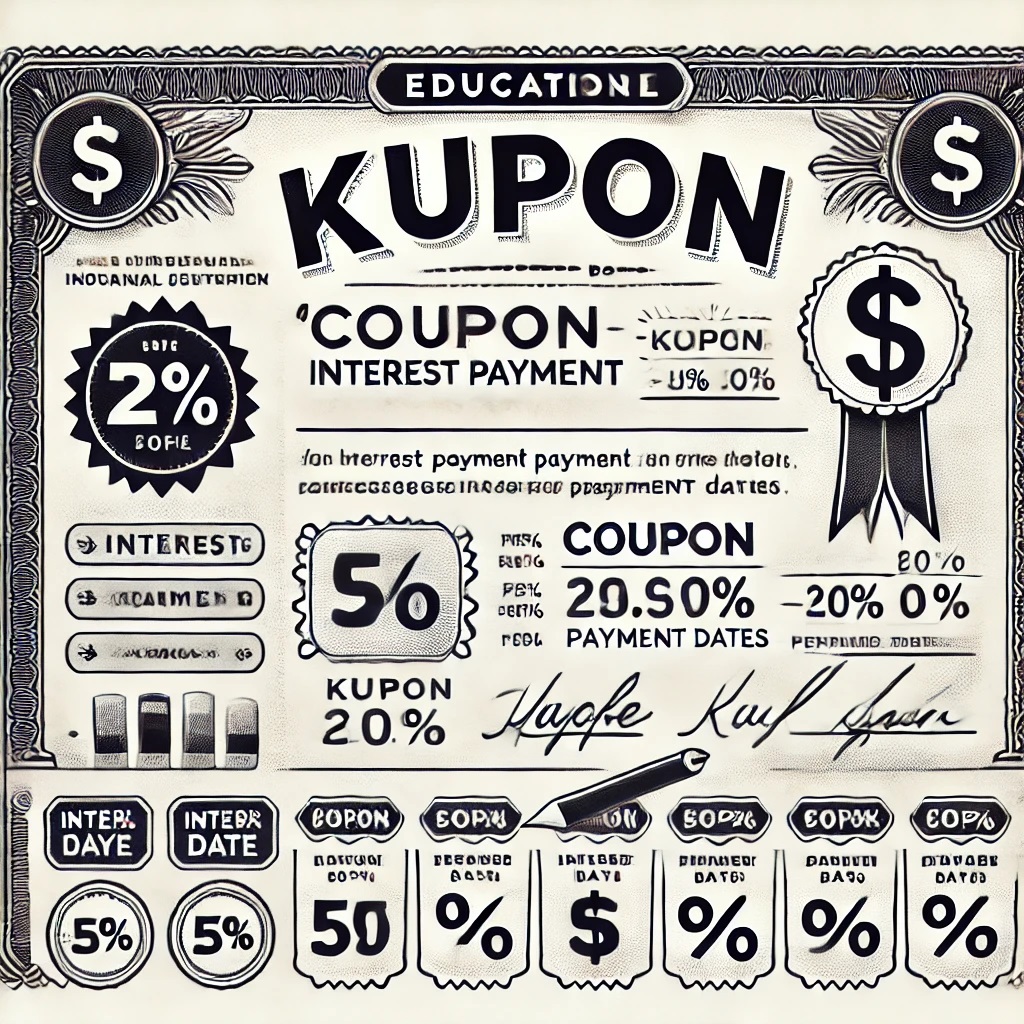The Stochastic Oscillator is a momentum indicator used in technical analysis to determine the relative position of a stock’s closing price compared to its price range over a set period of time. Developed by George Lane in the 1950s, the Stochastic Oscillator helps traders identify overbought and oversold conditions in the market, making it useful for spotting potential reversals or corrections in the price trend.
Key Concepts:
- Formula: The Stochastic Oscillator is expressed as a percentage and calculated with the following formula:

- %K Line: Represents the current closing price as a percentage of the price range over a specific period (usually 14 periods).
- %D Line: This is a moving average of the %K line, typically a 3-period simple moving average (SMA) of %K. It smooths out the indicator for better readability.
2. Range:
- The Stochastic Oscillator always fluctuates between 0 and 100.
- Readings close to 100 indicate that the asset is trading near the high of its recent price range (potential overbought condition).
- Readings near 0 indicate the asset is trading near the low of its recent price range (potential oversold condition).
Interpretation:
- Overbought and Oversold Conditions:
- Above 80: The asset may be considered overbought, suggesting a potential sell signal or a reversal to the downside.
- Below 20: The asset may be considered oversold, suggesting a potential buy signal or a reversal to the upside.
- Crossovers:
- When the %K line crosses above the %D line, it may indicate a buying opportunity (bullish signal).
- When the %K line crosses below the %D line, it may indicate a selling opportunity (bearish signal).
- Divergence:
- Bullish Divergence: Occurs when the price makes a lower low, but the Stochastic Oscillator makes a higher low, indicating that selling pressure is weakening.
- Bearish Divergence: Occurs when the price makes a higher high, but the oscillator makes a lower high, indicating weakening buying pressure.
Types of Stochastic Oscillators:
- Fast Stochastic Oscillator:
- The original version of the indicator, which responds more quickly to price changes but may produce more false signals in volatile markets.
- Slow Stochastic Oscillator:
- A smoothed version of the Fast Stochastic, typically using a 3-period smoothing to reduce the number of false signals.
- Full Stochastic Oscillator:
- This is a customizable version where traders can choose the period lengths for both %K and %D, offering more control over sensitivity.
Usage in Trading:
- The Stochastic Oscillator is commonly used in conjunction with other indicators like moving averages or the Relative Strength Index (RSI) for confirmation of signals.
- It’s most effective in range-bound markets, where prices oscillate between support and resistance levels.
Limitations:
- False Signals: In trending markets, the Stochastic Oscillator can remain in overbought or oversold territory for extended periods, providing false signals.
- Choppy Markets: During sideways or volatile market conditions, the Stochastic Oscillator may produce too many buy or sell signals, making it less reliable.
Conclusion:
The Stochastic Oscillator is a powerful tool for identifying momentum and potential price reversals in markets, especially in sideways trends. However, it should be used with caution and in conjunction with other indicators to improve the accuracy of trading decisions.







